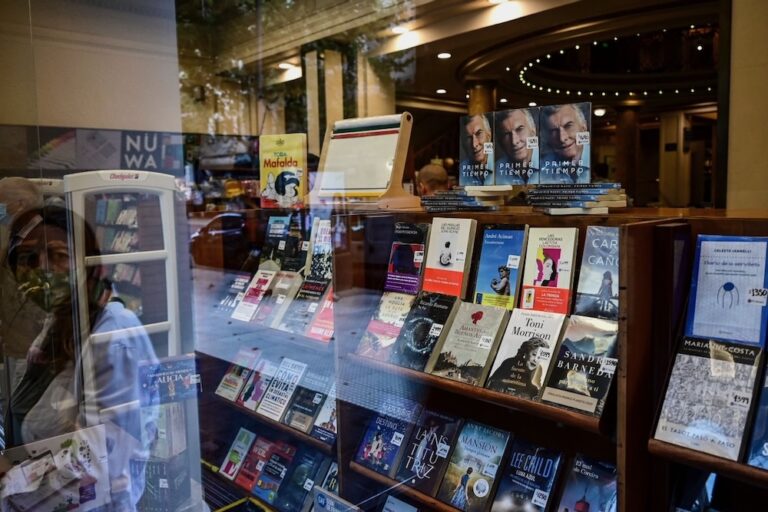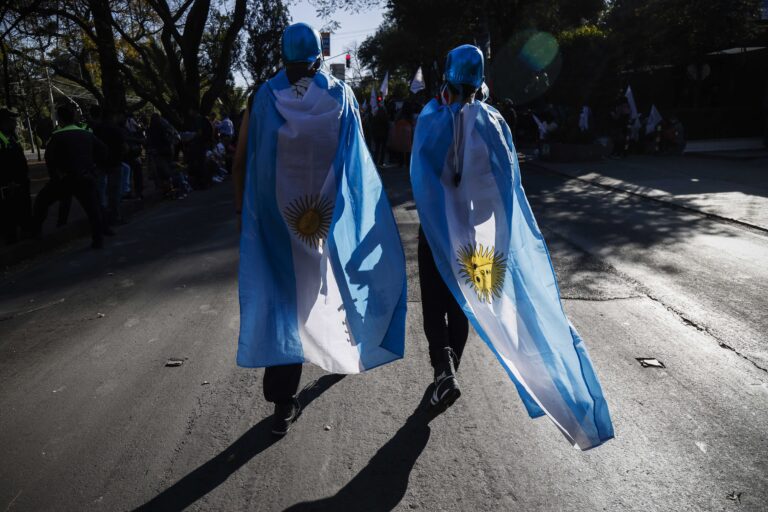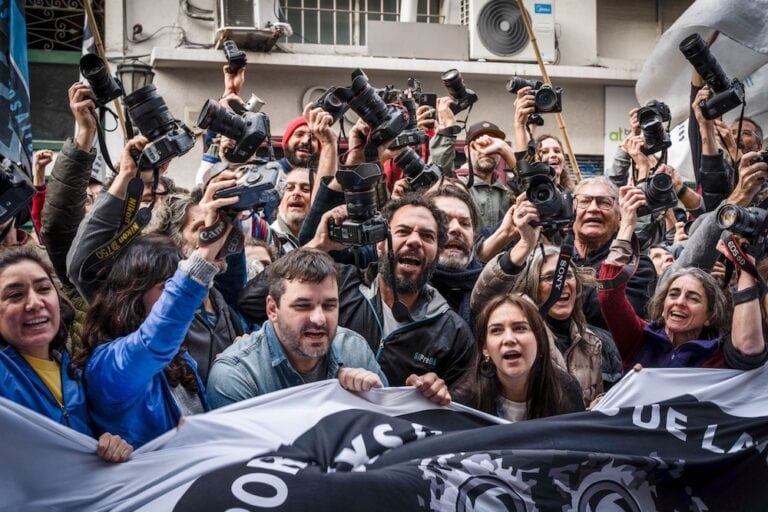(PERIODISTAS/IFEX) – On 13 November 2003, the Human Rights Secretariat promised it would ask the courts to reopen the file on journalist Mario Bonino’s assassination. Bonino’s body was found on 15 November 1993, floating in the Riachuelo river, on the outskirts of Buenos Aires. Bonino worked for the press department of the Buenos Aires Press […]
(PERIODISTAS/IFEX) – On 13 November 2003, the Human Rights Secretariat promised it would ask the courts to reopen the file on journalist Mario Bonino’s assassination. Bonino’s body was found on 15 November 1993, floating in the Riachuelo river, on the outskirts of Buenos Aires.
Bonino worked for the press department of the Buenos Aires Press Workers’ Union (Unión de Trabajadores de Prensa de Buenos Aires, UTPBA), collecting information and issuing press releases on attacks and threats against journalists. At the time, the labour union recorded these incidents and human rights and press groups carried out campaigns in support of the targeted journalists. Bonino was 37 years old when he was killed. He was married to Felicia Urbano and had an eight-year-old son.
He was last seen on 11 November 1993 as he was leaving his house and heading to a workshop in central Buenos Aires. Hours before his body was found on 15 November, an UTPBA office was attacked by unknown individuals and union members received telephone threats.
At first, the government, headed by then president Carlos Saúl Menem, speculated that Bonino had committed suicide. Hours later, however, this hypothesis was dismissed by forensic experts who examined the body. Nevertheless, 10 years after the crime, his murder remains unsolved and the court case was closed on two different occasions.
In April 2001, the UTPBA urged the Buenos Aires Tenth Court, presided by Judge Raúl Irigoyen, to reopen the file after a Buenos Aires police officer named Montenegro said during a television programme that, “Police Commissioner Rodríguez’s people were responsible for the murder,” which was carried out by “Lagarto Vargas and Major Carmona.” According to the UTPBA, the court interrogated the television programme’s staff and asked for a copy of the broadcast, but took no further action.
More than one year later, the Buenos Aires-based newspaper “Clarín” published additional statements by Officer Montenegro. On 9 August 2002, the UTPBA again urged the courts to take up the case. Once more, the investigation was thwarted and the file was closed.
On 13 November 2003, two days before the 10th anniversary of the crime, UTPBA representatives met with Human Rights Secretary Eduardo Luis Duhalde, who promised to press for the reopening of the file. According to the UTPBA, Duhalde expressly stated that he would urge authorities to summon Montenegro.


